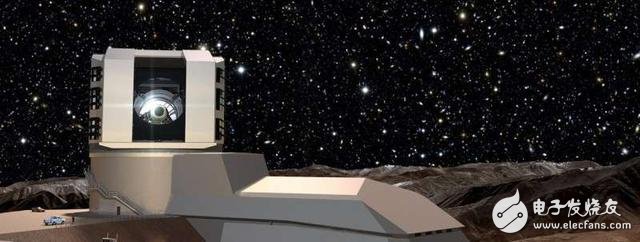The Manchester team plans to build a large astronomical telescope (LSST), a new type of telescope currently under construction in Chile, aimed at a 10-year investigation of the dynamic universe.
According to foreign media reports, scientists at the University of Manchester are conducting research and development on a revolutionary telescope project, using distributed computing power to try to solve the problem of dark matter and dark energy in the universe.
Researchers at the University of Manchester can use the resources provided by GridPP to process images of thousands of galaxies, just like CERN's algorithm investigation to find the Higgs boson. The Manchester team plans to build a large astronomical telescope (LSST), a new type of telescope currently under construction in Chile, aimed at conducting a 10-year investigation of the dynamic universe.

The LSST telescope is expected to observe the entire visible sky, looking for signs of dark matter and dark energy. The experimental research team at the University of Manchester is led by Dr. Joe Zuntz, a cosmologist who is now a researcher at the Royal Observatory in Edinburgh. Scientists say that when LSST is fully operational, we will obtain a large amount of data and meet future analytical challenges. LSST will produce images of galaxies in various frequency bands of the visible electromagnetic spectrum, and each image can reflect a large amount of information such as the properties of galaxies. If all are handed over to the computer for processing, efficiency can be improved.
Hdmi C Connector,Mini Hdmi Connector C Type 19Pin,C Type Copper Connector,Usb3.1 Type-C Converter Hdmi
Dongguan City Yuanyue Electronics Co.Ltd , https://www.yyeconn.com